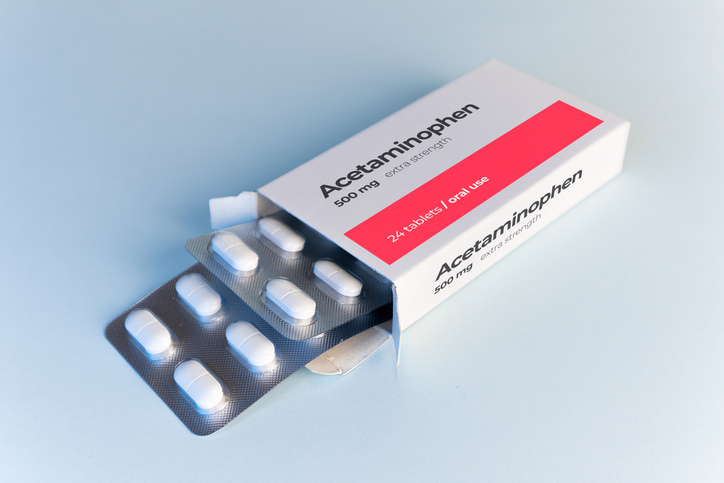
A study shows that fluorescence optical imaging (FOI) can successfully discriminate between rheumatoid arthritis patients both with and without the need for rituximab (RTX) retherapy. The findings were published in BMJ Open.
As the researchers wrote, the objective of this study was “to evaluate the ability of fluorescence optical imaging (FOI) Xiralite in the discrimination between rheumatoid arthritis (RA) patients with and without the need of (RTX) retherapy-in comparison to clinical, laboratory, and musculoskeletal ultrasound parameters.”
To conduct this analysis, 31 patients with established RA were prospectively followed over one year and assessed for the following parameters: Disease Activity Score 28, global disease activity (visual analogue scale 0-100 mm), C reactive protein and erythrocyte sedimentation rate, ultrasound seven joint (US7) score and FOI in phases 1-3 and automatically generated PrimaVista mode (PVM) at baseline (before RTX) and after 3, 6 and 12 months. The need for RTX retherapy was decided by the treating rheumatologist-blinded to imaging data, the researchers noted. Overall, 45.2% of patients received RTX retherapy within 12 months.
The results showed that in the group that underwent RTX retherapy, FOI in PVM mode was the only marked parameter (β: 0.40, 95% CI: 0.08 to 0.71, p=0.013)-compared with the group without retherapy. Furthermore, in a prediction model via ROC analysis, the researchers observed that FOI in PVM reached the highest values of all imaging, clinical, and laboratory parameters correlated with retherapy over the duration of one year with an area under the curve (AUC) of 0.78 (OR: 0.84, 95% CI: 0.72 to 0.98, p=0.031). According to the researchers, the US7 GS synovitis score revealed a similar association with an AUC of 0.73 (p=0.049).
“US7 GS synovitis score and FOI in PVM are able to discriminate between patients with and without need for RTX retherapy better than clinical and laboratory parameters,” the researchers wrote in conclusion.







 © 2025 Mashup Media, LLC, a Formedics Property. All Rights Reserved.
© 2025 Mashup Media, LLC, a Formedics Property. All Rights Reserved.